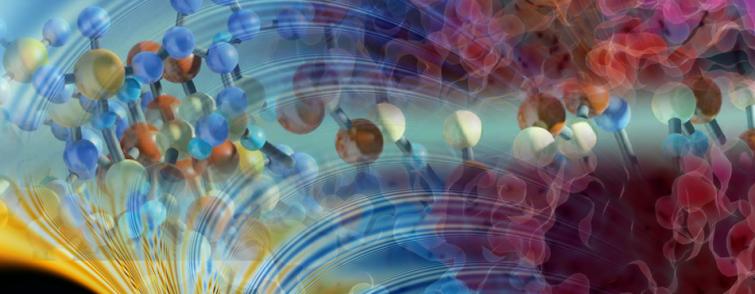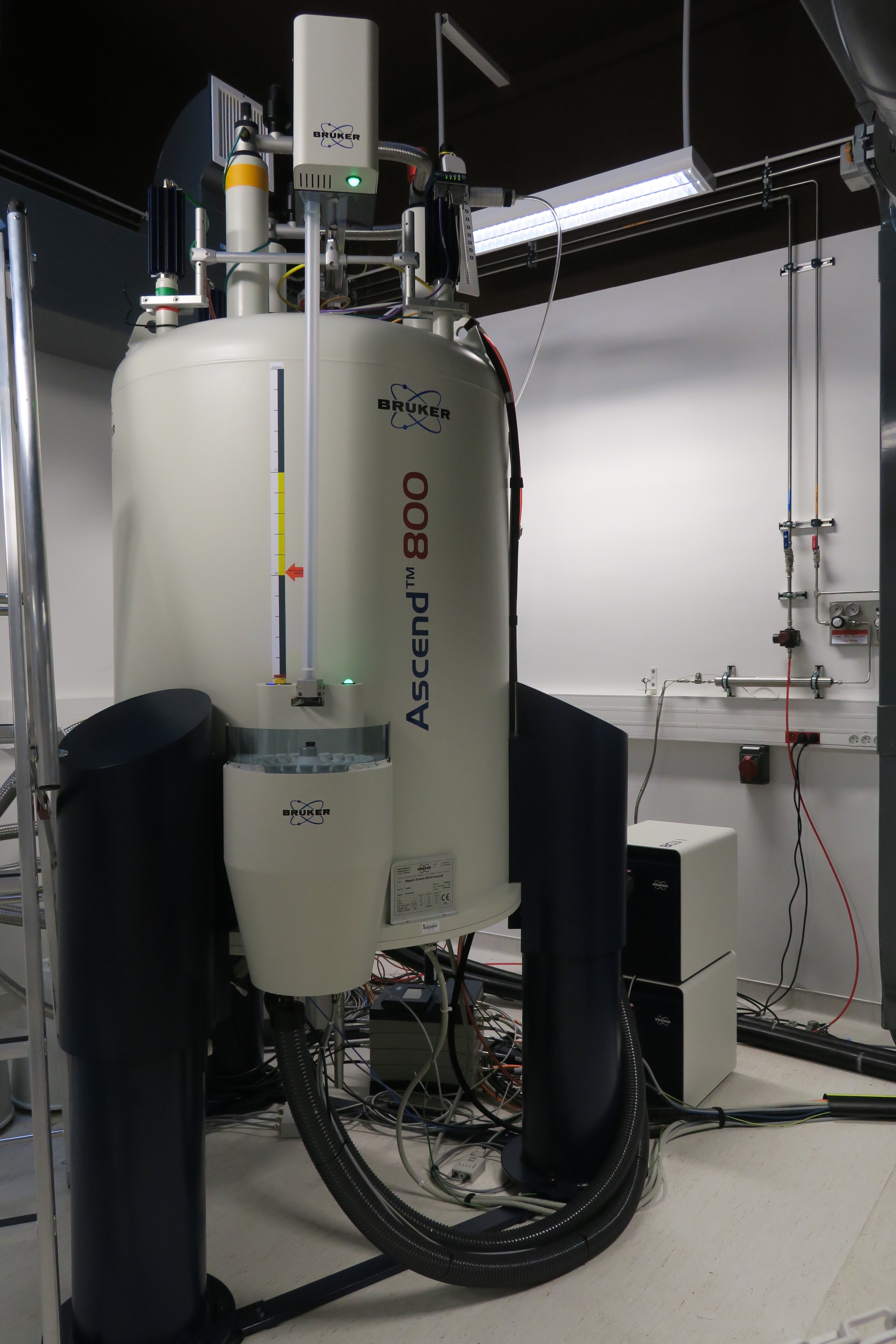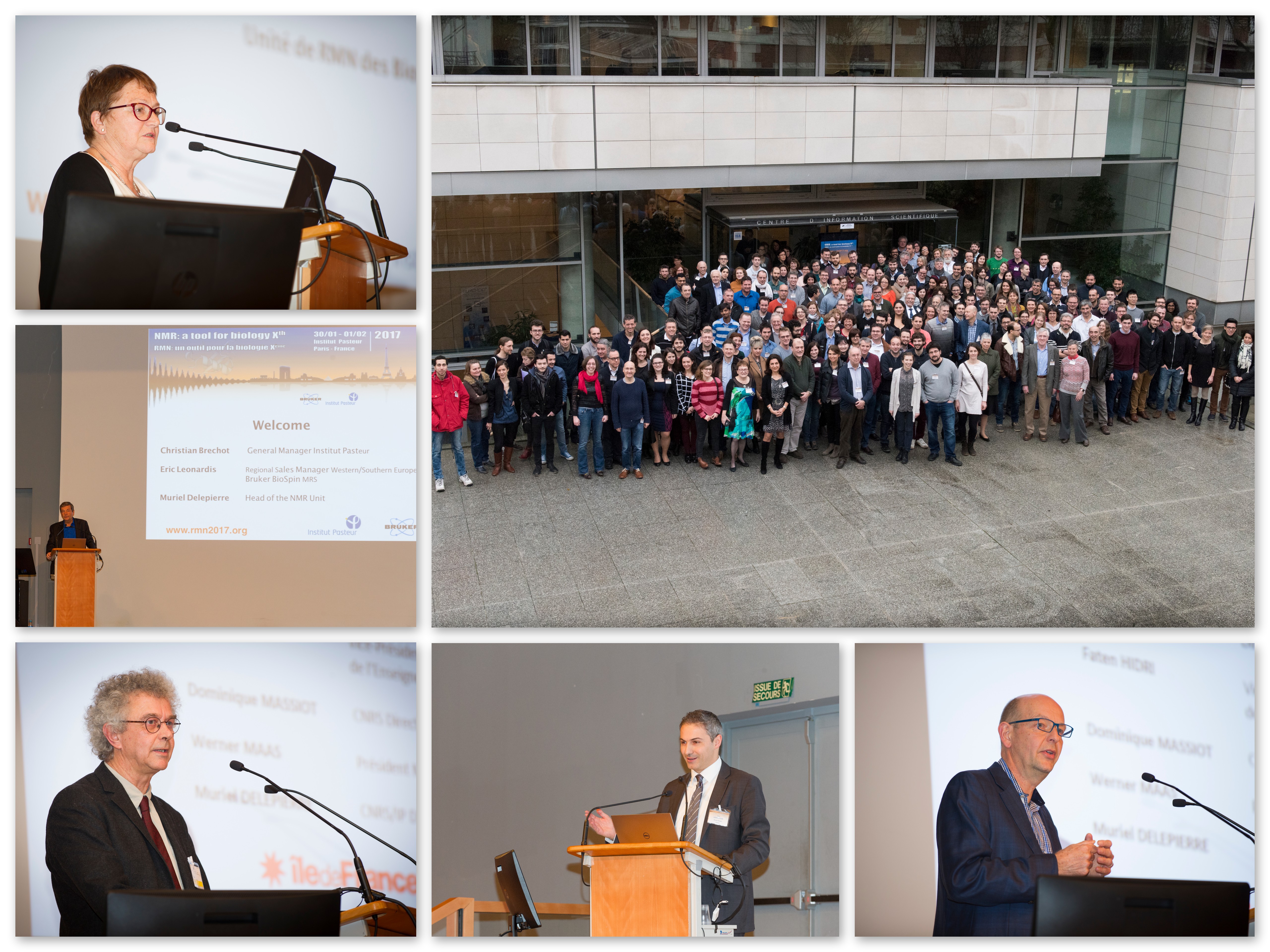
 Scientific events
Scientific events
Nuclear magnetic resonance: a cutting-edge tool for biology
Nuclear magnetic resonance, or NMR, is a technique for obtaining information about the structure of molecules by enabling the natural magnetism of atoms' nuclei to interact with a generated magnetic field. Since NMR was discovered in the 1940s, a plethora of new applications have emerged and the technique has undergone major technological developments. NMR has become an essential tool for understanding the structure, interactions and dynamics of molecules in the fields of chemistry, physics, biology and medicine. NMR's potential has gone way beyond the initial aim of determining (macro-)molecular structure. It is now used to study the interactions of macro-molecules, their dynamics, their post-translational modifications and their refolding. NMR is also used to understand molecules located within the cells (in-cell NMR) as well as for screening molecules of therapeutic and medical interest and for metablomic analyses.
The Institut Pasteur, a leading player in the use of NMR for biology and an advocate for the modern development of this technique, hosted the 10th edition of the conference "NMR: a tool for biology", organized jointly by the Institut Pasteur Nuclear Magnetic Resonance of Biomolecules Unit and the company Bruker, from January 30 to February 1.
This event was attended by more than 250 people and featured presentations from leading international NMR experts in different biological fields of application. The presentations focused on a wide variety of topics including molecular interactions, large complexes, membrane proteins and lipids, solid-state NMR, in-cell NMR, dynamics, unfolded proteins, refolding, metabolics and screening.
 Alongside the conference, in line with efforts to boost the role of NMR as a tool for biology, the organizers invited participants to an early evening event on January 30 for the unveiling of a sophisticated new instrument that will enable NMR users on campus to work with more powerful magnetic fields (800 MHz) for ambitious projects. Much of the progress made in the use of NMR has come about as a result of the ability to generate stronger magnetic fields. These high magnetic fields are vital for the analysis of increasingly complex systems.
Alongside the conference, in line with efforts to boost the role of NMR as a tool for biology, the organizers invited participants to an early evening event on January 30 for the unveiling of a sophisticated new instrument that will enable NMR users on campus to work with more powerful magnetic fields (800 MHz) for ambitious projects. Much of the progress made in the use of NMR has come about as a result of the ability to generate stronger magnetic fields. These high magnetic fields are vital for the analysis of increasingly complex systems.
The new machine was officially presented at a ceremony attended by Institut Pasteur President Christian Bréchot, representatives from th Ile de France region, Cendrine Cruzille Director of Research and Technology Transfer (DRTT), Solène Bellanger, Head of Research and Scientific Culture Services , Zahai Zaidat, Project Officer (DRTT/SCRS) and Cyril Peltier, Project Officer responsible for the SESAME programme, Werner Maas, President of Boston-based Bruker BioSpin Corporation, Alain Belguise, President of Bruker BioSpin France, and Dominique Massiot, Director of the CNRS Institute of Chemistry. It will be a valuable addition to the Institut Pasteur's current facilities and will give scientists the chance to perform more precise analyses.
If you have any questions, please contact: muriel.delepierre@pasteur.fr
Picture: Company Bruker
